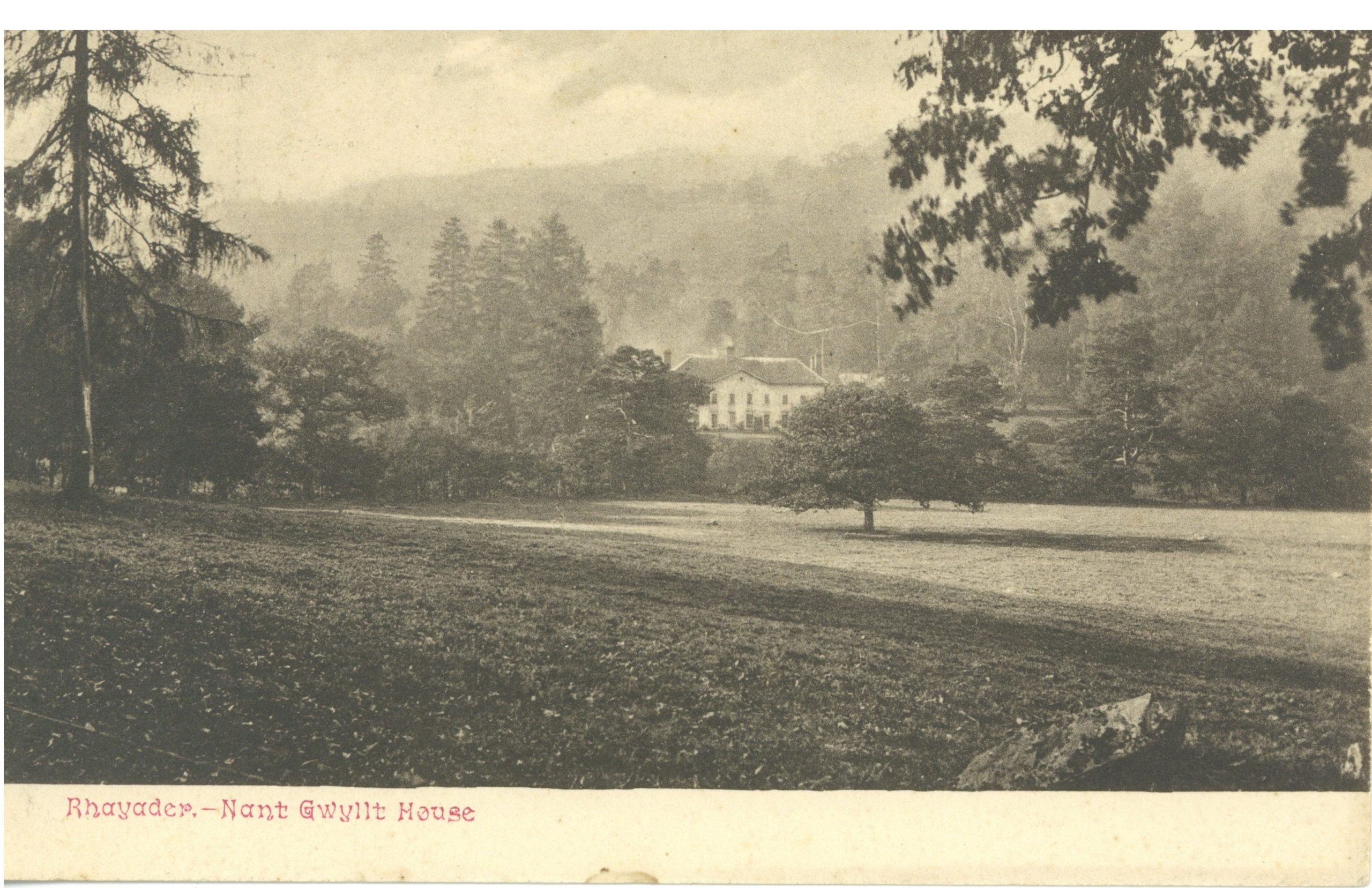Three articles noted above, from the BBC News website of 2006, concern the request for a contribution from Birmingham Council to the Museum in the Elan Valley. Initially Birmingham Counil had refused but later changed its mind.
The article says that the Elan valley's residents, whose homes were flooded to make way for the water, were not paid compensation. Carad (Community Arts Rhayader and District) accused the city council of failing to grasp the significance of the Elan Valley. Carad chairman Peter Cox said: "We thought they (the city council) underestimated the significance of our approach and in a way underestimated people's feelings and the feelings of those who lost their homes in the valley.”
There are many references in the Archives of the opposition to the Bill from Birmingham, London, Hereford, Wales and others. There are also many reports of the Bill’s passage through the Commons and the Lords. There is a book written in 1898 giving much detail of the progress of the project in its planning stages..."The Future Water Supply of Birmingham” by Thomas Barclay, and available from the Internet Archive. Further there is a paper from the Universities of Newcastle and Lancaster published in 2009, ELAN AND CLAERWEN VALLEYS, POWYS: HISTORICAL BRIEFING PAPER that gives much detail...
But I cannot find any mention of compulsory purchase without compensation.
To find out what the valleys were like before flooding there is a lovely book from 1894, “The Vale of Nantgwilt-A submerged Valley” written by R Eustace Tickell, an Engineer and artist, who was the Civil Engineer under George Yourdi... “to commemorate scenes in one of the most charming valleys in Great Britain. Scenes which are soon to be lost for ever, submerged beneath the waters...Beautiful lakes they will doubtless be....but their construction dooms many a picturesque and interesting spot to destruction, and it would indeed be a pity if they should be allowed to pass away without some record, however inadequate."
There are also the recollections of Hetty Price, a farmer's daughter who lived in the lower Claerwen valley in the 1880's, and recorded some of her memories of the lost valleys when she was in her seventies. Her father's farm was on the other side of the River Claerwen opposite "the Grand Mansion of Nantgwyllt where the Squire lived."
Cwm Elan house – “The Poet Shelley’s House” The drowned valleys of the rivers Elan and Claerwen each contained a large and historic country house linked with the...

www.elanvalley.org.uk
It will be interesting to see the account by David Brown (post 30 from Stephanie Kruse) in his book “about what happened to the families of the tenant farmers after they were displaced,” which is due to be published later this year. It could contain sources from Welsh speaking sources.
You could of course argue about the level of compensation, but I would call on CARAD to explain the basis of the remarks made by their chairman Peter Cox in 2006.
 birminghamhistory.co.uk
birminghamhistory.co.uk
 birminghamhistory.co.uk
birminghamhistory.co.uk












